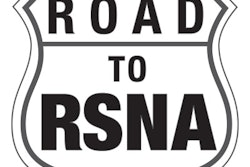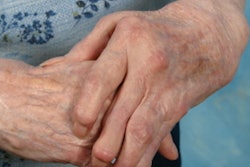Presenter Dr. Mary Wyers, of Lurie Children's Hospital of Chicago, and colleagues investigated whether using ultrasound to compare the volume of the affected testis to the unaffected side could help in diagnosing testicular torsion.
"We sought to determine if there is significant enlargement of the affected testis in pediatric patients with testicular torsion in order to identify an additional criterion that may be helpful," Wyers and colleagues wrote in their abstract.
The study included 34 patients with testicular torsion (mean age, 13.2 years), 34 age-matched controls (mean age, 13.2 years), and 45 patients with testicular appendage torsion (mean age, 9.5 years). The researchers found the following:
- Mean testicular volume was 14.1 mL and mean testicular ratio was 1.64 in the torsion group; 7.8 mL and 1.15 in the normal group; and 1.83 mL and 1.06 in the appendage torsion group.
- Volume ratios in the testicular torsion cohort were higher than in both the control group (p < 0.05) and the appendage torsion group (p < 0.05).
- The group found that a volume ratio of 1.27 maximized sensitivity (73%) and specificity (91%) for torsion, yielding a positive predictive value of 79.4% and a negative predictive value of 87.3%.
"The affected testicle in testicular torsion enlarges significantly compared to the normal side, and a volume ratio of 1.27 may be helpful as an additional criterion of torsion," Wyers and colleagues concluded.



















